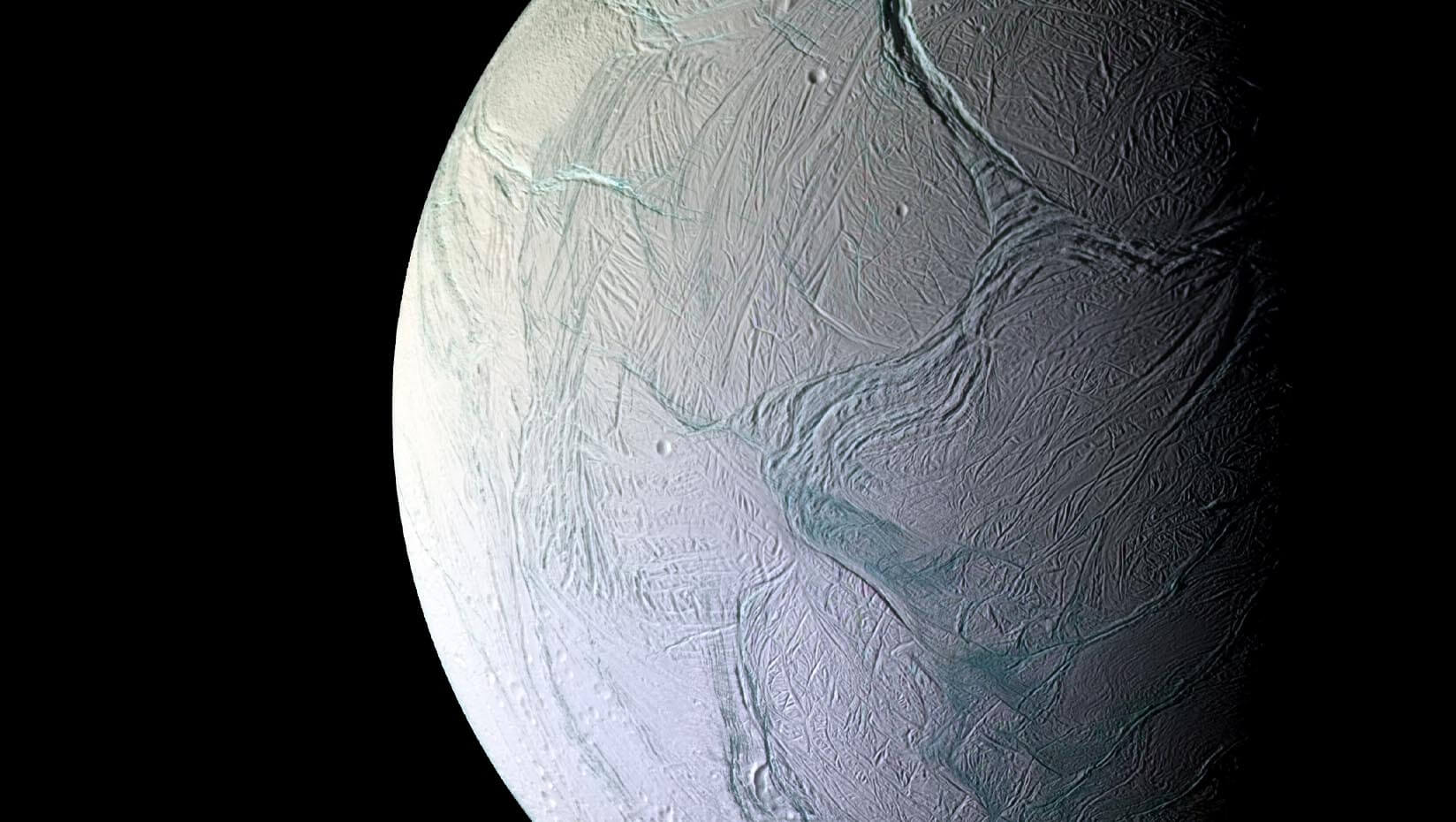
Estapa’s technology research may someday uncover life on other planets

Margaret Estapa has long yearned to help uncover whether life exists beyond Earth. For two decades, she has studied the biogeochemical processes of ocean particles and believes her work can someday help with investigating vast ice-covered seas on other worlds.
Thanks to a grant from the Hypothesis Fund, Estapa can now explore whether the same tools for studying oceanic particles on Earth can be used for investigating those in other celestial bodies, particularly the ice-covered waters on Europa and Enceladus, the moons of Jupiter and Saturn.
“There’s something inside us that drives us by what’s out there,” Estapa said. “This is an opportunity to chase something cool and exciting and help with one of these fundamental questions.”
For the next 18 months, Estapa, assistant professor of chemical oceanography at the University of Maine, will create design specifications for sensors that could someday be used to pinpoint signs of life in oceans on moons and other planets. These sensors would be suited for analyzing seafloor hydrothermal vents, openings in the ocean’s crust near underwater volcanoes that spew hot water like geyser; water just below the ice sheets and solid particles suspended in water.
Sean O’Neill, research associate with UMaine’s School of Marine Sciences, and postdoctoral researcher Patrick Gray will collaborate with Estapa on the project, one of the very few that bring together planetary science and oceanography.
Sensors for exploring Earth’s oceans can identify various types of microbial cells through high-resolution imaging that measures light signatures — the color and wavelengths of the light that cells reflect or absorb. Light signatures of organic particles, as well as inorganic particles such as those in minerals, are determined by their chemical and physical properties.
Designing the sensors will require Estapa to approximate the properties of seawater on Europa and Enceladus and the particulate matter in it. She will focus on determining the best possible estimates for pH, salinity, salt composition and other chemical and physical properties through an extensive literature review. Additionally, she will assess how these otherworldly ocean particles would likely interact with light based on modeling and lab experiments using similar particles found on Earth.
Estapa’s work will also help her determine which ocean environments on Earth compare the closest to those on Europa and Enceladus — with their extensive ice cover and underwater vents — as they would be best suited for testing the sensors.
“What can we infer about the chemical compositions that probably exist on these moons? And what will we be able to see using sensors based on broad exploration on Earth?” Estapa said.
Estapa is amongst the most recent researchers from multiple scientific disciplines who so far have grants from the Hypothesis Fund to advance early-stage research with bold, new ideas.
“Dr. Estapa is pursuing an exciting and innovative project that leverages what we have learned about the optical properties of life in the ocean to interrogate extraterrestrial oceans for signatures of a beating microbial ‘heart.’ She is a creative and thoughtful scientist who thinks outside of the box, and her bold project has the potential to create a new discipline at the intersection of optical oceanography and planetary science,” said Angelicque White, a scientist scout for the Hypothesis Fund.
Contact: Marcus Wolf, 207.581.3721; marcus.wolf@maine.edu
